Description
Salicyl Hydroxamic Acid: A Multifaceted Molecule with Growing Potential
In the realm of chemistry and drug discovery, certain molecules stand out for their unique properties and diverse applications. Salicyl hydroxamic acid (SHA) is one such compound, a derivative of salicylic acid that has garnered attention for its ability to chelate metal ions and its potential therapeutic effects. This article delves into the fascinating world of SHA, exploring its structure, properties, and burgeoning applications across various fields.
Understanding the Structure and Chemistry of SHA
Salicyl hydroxamic acid, as its name suggests, is structurally related to salicylic acid, a well-known pain reliever and anti-inflammatory agent. The key difference lies in the presence of a hydroxamic acid group (-CONHOH) attached to the benzene ring, in place of the carboxylic acid group (-COOH) found in salicylic acid. This seemingly small modification profoundly alters its chemical behavior.
The hydroxamic acid group is a powerful chelator, meaning it can bind to metal ions, forming stable complexes. This property is crucial to understanding its various applications. Specifically, SHA exhibits a strong affinity for iron ions (Fe2+ and Fe3+), which are essential for many biological processes, including enzymatic reactions in bacteria and tumor growth.
Key Properties of Salicyl Hydroxamic Acid
Several characteristics make SHA a compound of interest for researchers:
Metal Chelation: Its ability to bind metal ions, particularly iron, is a defining feature. This allows it to interfere with metal-dependent biological processes, leading to its potential therapeutic uses.
Lipophilicity: SHA exhibits a degree of lipophilicity (fat solubility), which allows it to penetrate cell membranes and influence intracellular processes.
Anti-inflammatory Properties: Like its parent molecule, salicylic acid, SHA exhibits some anti-inflammatory activity, although its mechanism differs.
Biological Activity: SHA has demonstrated various biological activities, including inhibitory effects on bacterial and fungal growth, as well as anti-cancer potential.
Applications of Salicyl Hydroxamic Acid
The unique properties of SHA have led to diverse applications, particularly in the fields of medicine and biotechnology:
Antimicrobial Agent: SHA’s ability to chelate iron disrupts the iron-dependent growth of various bacteria and fungi. This has led to research into its use as an antimicrobial agent, potentially offering an alternative strategy to traditional antibiotics.
Anti-cancer Therapy: The link between iron metabolism and tumor growth has spurred interest in SHA as a potential anti-cancer agent. By chelating iron, SHA may deprive cancer cells of this essential nutrient, hindering their proliferation and promoting cell death. Research is ongoing to understand its mechanism of action and explore its therapeutic potential in different cancer types.
Enzyme Inhibitor: SHA has been shown to inhibit certain enzymes, including matrix metalloproteinases (MMPs), which are implicated in various diseases, including cancer, arthritis, and cardiovascular disorders. This property makes SHA a potential candidate for developing new therapeutic agents.
Research Tool: SHA is frequently used as a research tool in biochemistry and cell biology to study metal-dependent processes and enzymatic mechanisms.
Agriculture: SHA and derivatives have also been studied for their potential applications in agriculture, such as controlling fungal diseases in crops.
Future Directions and Challenges
While SHA shows considerable promise, challenges remain:
Specificity and Selectivity: While SHA can chelate iron, it may also interact with other metal ions in the body, leading to potential side effects. Researchers are striving to develop derivatives with improved selectivity for iron and reduced off-target effects.
Delivery Systems: Optimizing the delivery of SHA to target tissues and cells is crucial for enhancing its effectiveness. This includes exploring nanoparticle-based delivery systems to improve its bioavailability and therapeutic efficacy.
Clinical Trials: Further research and clinical trials are necessary to fully understand the therapeutic potential of SHA and to evaluate its safety and efficacy in treating human diseases.
Conclusion
Salicyl hydroxamic acid is a versatile molecule with a unique combination of properties that make it a compound of significant interest. Its ability to chelate metal ions, particularly iron, underlies its potential as an antimicrobial, anti-cancer, and enzyme-inhibiting agent. Continued research into SHA and its derivatives is crucial for unlocking its full potential and developing new therapeutic strategies for a range of diseases. As our understanding of its properties and biological actions evolves, SHA may well play an increasingly important role in medicine and other fields in the future.

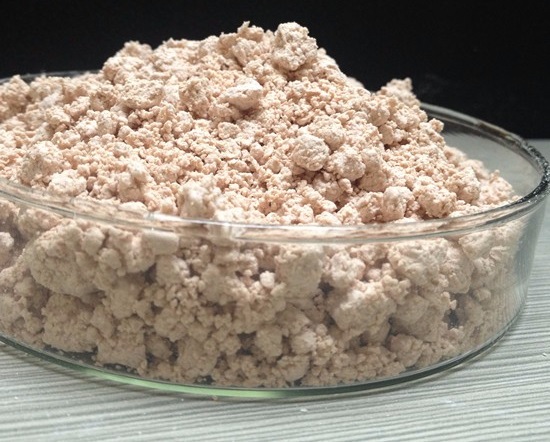
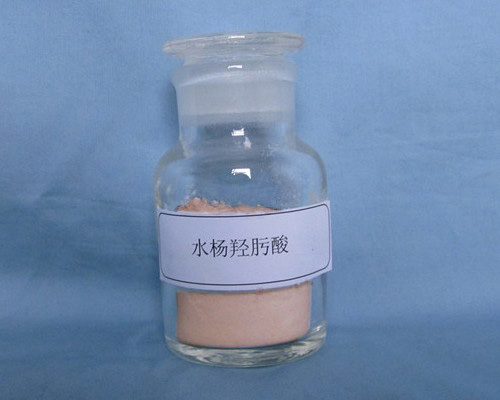


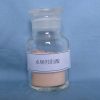
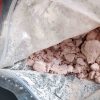
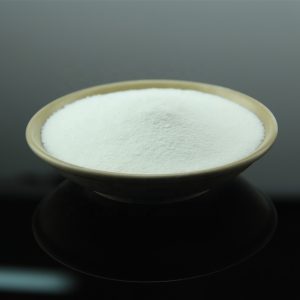
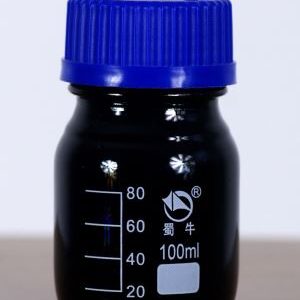
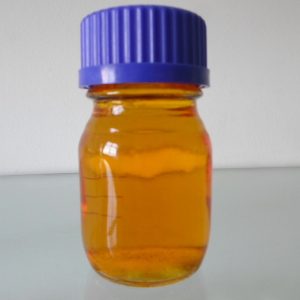
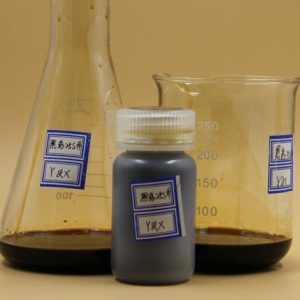

Reviews
There are no reviews yet.